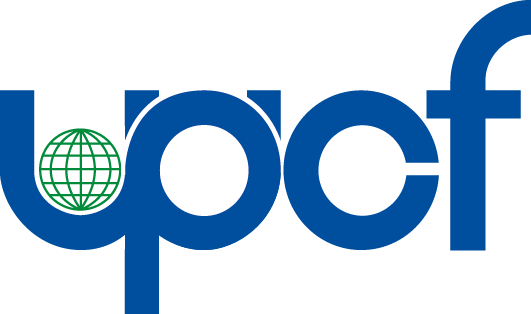
WPCF ADVOCATES GLOBAL EFFORTS TO REDUCE THE GRAPHIC INDUSTRY’S ENVIRONMENTAL FOOTPRINT
Members of the World Print & Communication Forum (WPCF)[1] affirmed their commitment to reducing the carbon footprint of the graphic industry. Recognising the indispensable role of the printing sector in promoting a circular economy and addressing climate change, WPCF members emphasized the growing importance of environmental action for printing companies.
Download the press release here.
WPCF ADVOCATES GLOBAL EFFORTS TO REDUCE THE GRAPHIC INDUSTRY’S ENVIRONMENTAL FOOTPRINT
Members of the World Print & Communication Forum (WPCF)[1] affirmed their commitment to reducing the carbon footprint of the graphic industry. Recognising the indispensable role of the printing sector in promoting a circular economy and addressing climate change, WPCF members emphasized the growing importance of environmental action for printing companies.
With the general public becoming more conscious of climate change, providing information on the carbon emissions of different sectors becomes crucial for informed decision-making. WPCF underscores the necessity for a common understanding and internationally recognised assessment criteria to ensure transparency and consistency in reporting emissions. Highlighting the need for clear principles behind carbon emissions calculations, WPCF stresses the importance of transparency in reporting programs.
Best practices for calculating greenhouse gas emissions
The print market is progressively globalizing, whereas suppliers and print buyers are selling and distributing products internationally. Despite consolidation, most of the printing sector is comprised of SMEs.
In connection with this, a simple and internationally applicable carbon footprint calculation model is needed for both large and small companies. WPCF is keen to recommend best practices for calculating greenhouse gas emissions from printing activities.
Calculation scope
The calculation scope defined by WPCF considers the life cycle approach to the production of printed material. This encompasses emissions of greenhouse gases during the life cycle of printed material, excluding emissions related to capital assets, customer distribution, and end-of-life scenarios.
WPCF emphasizes the importance of considering all six greenhouse gases defined in the Kyoto Protocol[2], expressed as carbon equivalents. These gases are carbon dioxide, methane, nitrous oxide, sulphur hexafluoride, and two groups of gases (hydrofluorocarbons and perfluorocarbons).
Direct emissions from combustion cover exclusively fossil fuel. In the meantime, the Greenhouse Gas Protocol’s three scopes[3] are recommended for assessing the carbon footprint of a printing company or product.
| Scope 1 | Scope 2 | Scope 3 |
| Direct emissions from energy used on site | Indirect emissions from the production of the consumed energy | All other indirect emissions, such as the production of purchased materials (substrates and consumables), transport-related activities in vehicles not owned or controlled by the company, electricity-related activities not covered in Scope 2, outsourced activities, waste disposal, etc |
With increasing pressure on printers to showcase their environmental credentials, WPCF members recognize the need for a common approach to calculating the carbon footprint in the printing industry. A shared understanding of parameters and calculation boundaries is essential for companies to communicate their environmental impact effectively.
To combat greenwashing and unreliable comparisons, WPCF members commit to working together to further detail a common approach to carbon footprint in the printing industry. National and International printing associations are key resources to support printers globally in improving their environmental performance.
[1] Printing associations representing Europe, North America, Hong Kong, India, Japan, China, Korea, Nepal, South Africa, Sri Lanka
[2] https://unfccc.int/resource/docs/convkp/kpeng.pdf
[3] https://ghgprotocol.org/sites/default/files/standards/ghg-protocol-revised.pdf
